How to Make Dough Rise Faster
May contain affiliate links. Disclosure policy.
We’re sharing tips and techniques so you can learn how to make dough rise faster. Bake your yeast breads and rolls more quickly!
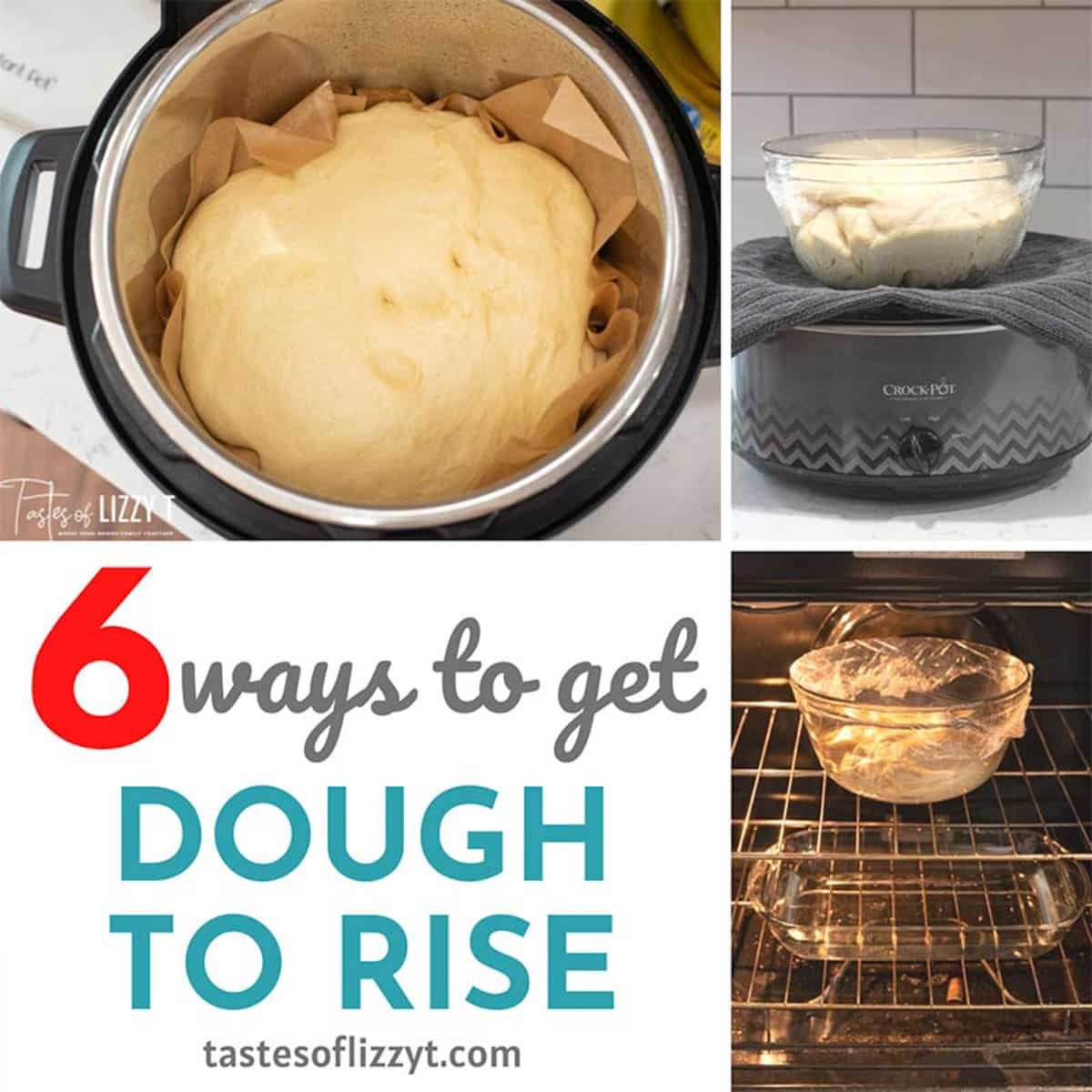
As the weather gets cooler (or even in the summer with air conditioning running) it can be hard to have the best conditions for getting your bread dough to rise.
A few months we shared our guide to yeast (with tips on all types of yeast from rapid rise yeast to active dry yeast) and also tips for making the perfect loaf of bread. But one question we get from beginner bakers is how to make your dough rise better in your home.
Although this can be tricky without me being there in your kitchen and helping you troubleshoot, there are a few different techniques you can use on how to make dough rise faster.
But a word before we get started. A fast dough rise isn’t always what is best. A slow dough rise allows flavors to develop better through the fermentation process. So give your yeast time to work and make your bread taste amazing! And if you really want to give it flavor, give sourdough starter a try. It’s amazing and fun to work with.
What do you need to make dough rise?
There are two conditions you need in order to make yeast flourish in your dough: moisture and warmth. Moisture and humidity in the air can vary greatly from day to day and season to season. If your house is humid, your dough will rise faster.
This is not an article on the scientific reasons about how and why yeast works. I’m not a food chemist. I’m a home cook that learns by research, trial and error.
A few things things to remember:
- Always use fresh yeast and warm water (110-115ºF) when mixing the ingredients.
- I always place my dough in a greased glass bowl and cover with plastic wrap no matter what rising technique I use. The plastic wrap helps keep the moisture in the dough.
- The ideal dough temperature range is 75-78°Fahrenheit. (source) Use an internal probe thermometer with these techniques to make sure the dough is getting to the ideal rising temperature.
And with that I’ll give you 6 ways to help your dough rise more quickly!
Proof Dough in the Oven
This is the method we use the most often. There are several different methods for rising dough in the oven. Here are some to try:
- With the “Proof” setting: If your oven has a “proof” setting, use that. Easy as ever!
- With the light on: Your oven light may actually give off enough heat to warm the oven to the perfect temperature. Place your covered bowl with the dough on the other side of the oven and close the door while the dough rises.
- On lowest temperature setting to preheat: Turn the oven to the lowest oven temperature for about 2 minutes. Then turn off the oven, open the door and add the dough (in a covered glass bowl). This will be a cozy spot for your dough to rise. Don’t forget to turn off the oven!
- With boiling water: Place a glass baking dish on the bottom rack of the oven and fill it with boiling water. Put your dough in a covered glass bowl on the middle or top rack and shut the door. Boom. Heat and moisture!

Proof Dough in the Microwave
Place 1 cup of water in a glass measuring cup in the microwave. Heat on high for 2 minutes. The water should be boiling. Add bread dough to a glass bowl. With this method I don’t always cover with plastic wrap since it is such a small container anyway. Place the bowl of dough in the microwave and shut the door and wait for the dough to rise.

Proof Dough in Instant Pot
If you love your instant pot, try proofing your bread dough in this controlled environment.
- Place parchment paper on the inside of the instant pot. Spray with cooking spray.
- Place the dough ball inside.
- Set the IP to “yogurt” setting on “low”.
- Cover with clear lid. Don’t use regular sealing lid. If you don’t have the clear glass lid, use a plate to cover the top.
- Wait 30 minutes and check the dough. If it isn’t done, check it every 10 minutes until the dough has doubled.
If you use this method, watch it closely because it can get too warm if you leave it too long.

Proof Dough in the Slow Cooker
Our slow cooker is often out on the cupboard which means it is perfect for proofing dough.
- Fill the slow cooker half full with water. Set on low temperature.
- Put the slow cooker lid on upside down. Place a folded towel on the lid.
- Put the dough in a greased bowl and cover with plastic wrap.
- Place the bowl on the towel covered lid.
- As the heat radiates, the dough will rise.
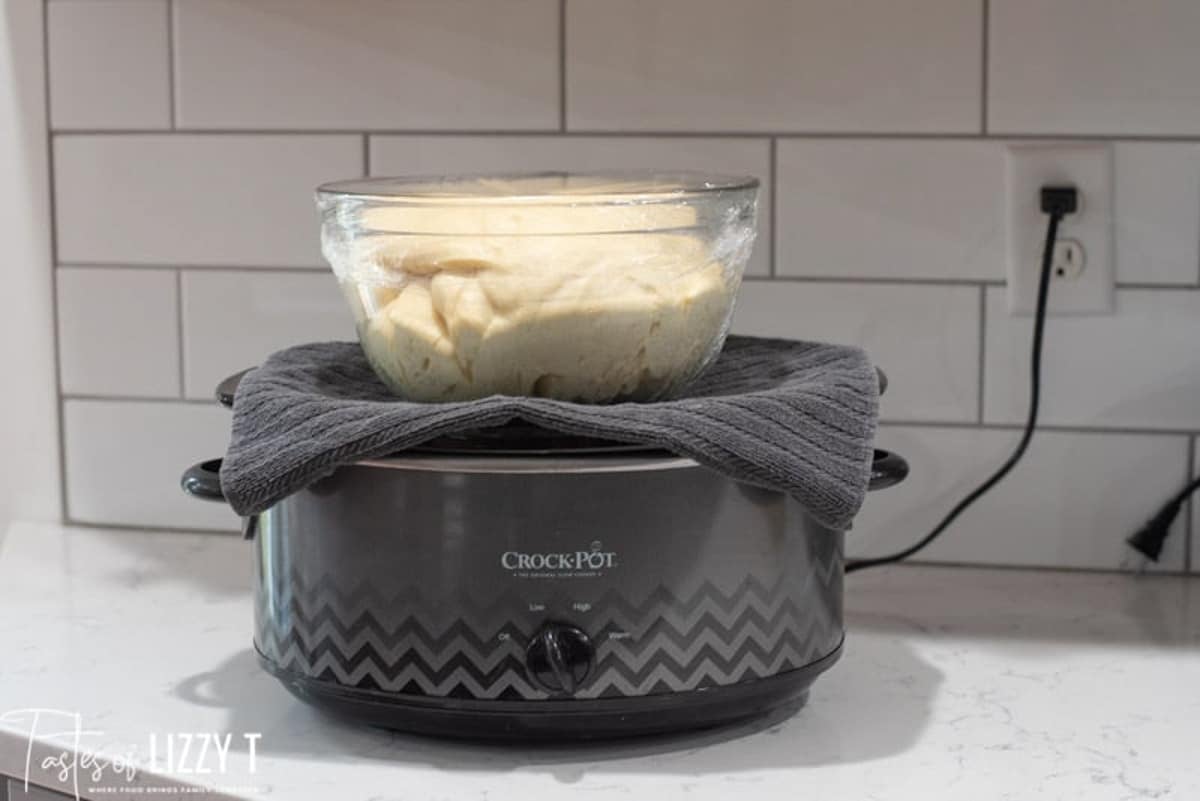
Proof Dough in a Bread Proofing Box
In doing my research for this post, I found a wonderful product called a bread proofing box. You can read all about it here. When I ordered our box they were on back order because everyone was baking bread. They now seem to be caught up and shipping on time.
This box is a portable, foldable controlled environment that will proof bread, but also act as a slow cooker! We’ve only worked with this proofing box for a few weeks, but it looks like possibilities are endless: tempering chocolate, making yogurt and even making soft cheeses.


Proof Dough with a Heating Pad
If all else fails, you can use a heating pad to help give warmth to your dough. Place a folded towel over the heating pad and set the temperature to low. Place the covered glass bowl with the dough inside over the towel. Allow the dough to rise as the heating pad warms the bowl.
You may also love our guides on how to make vanilla extract, how to freeze cookie dough, and how to make yellow cake. And try our homemade pizza dough!
Our Favorite Yeast Bread Recipes
If you’re looking for a new recipe to try one of these techniques, here are our favorites:
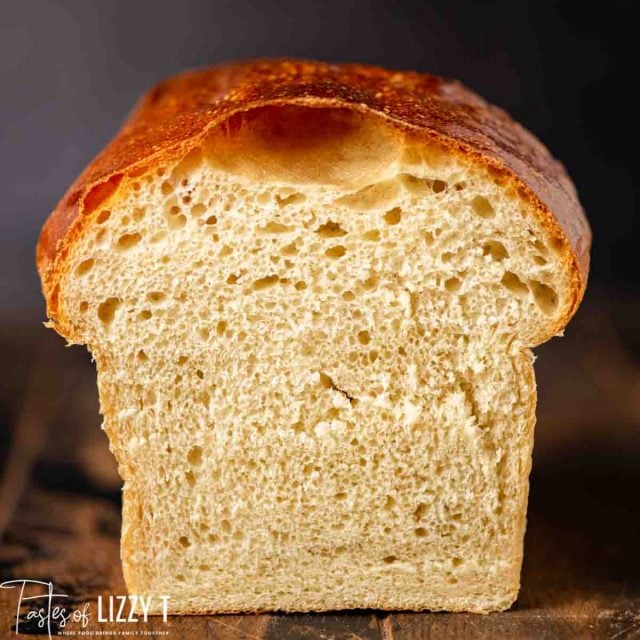





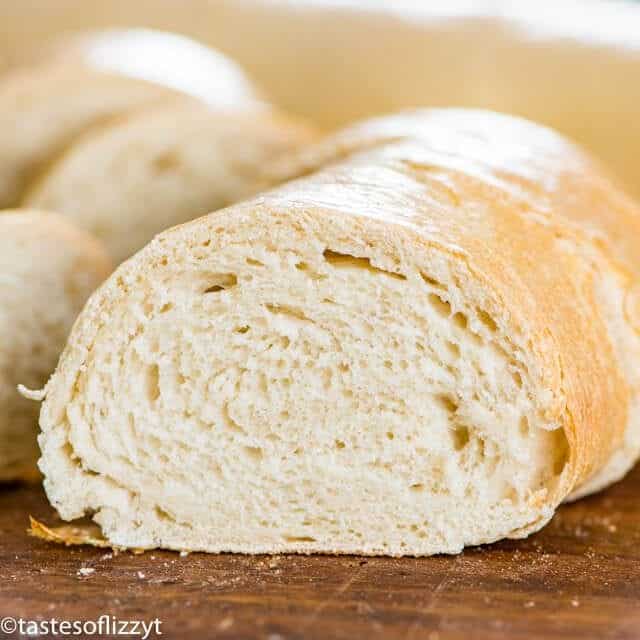


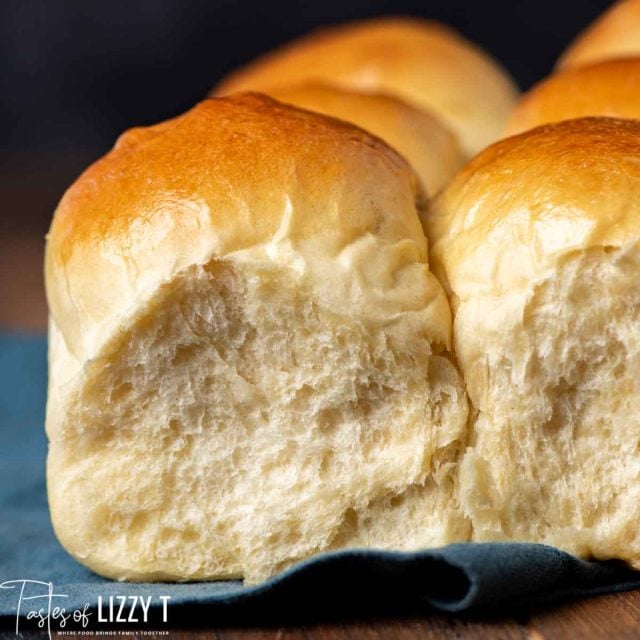



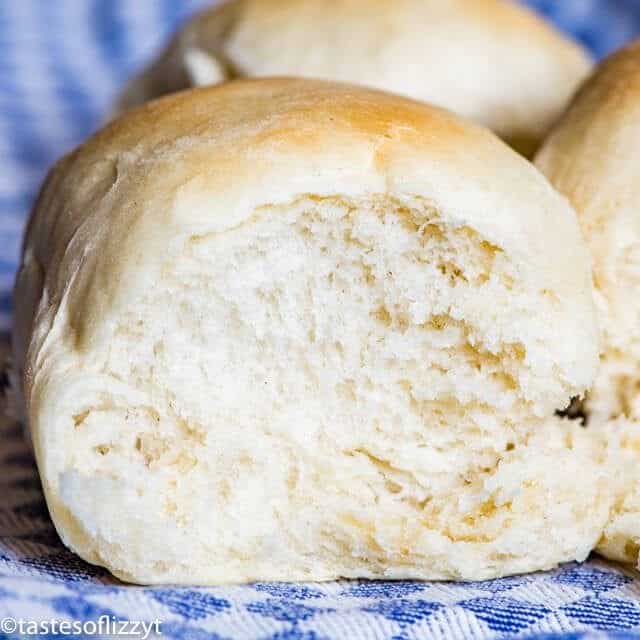

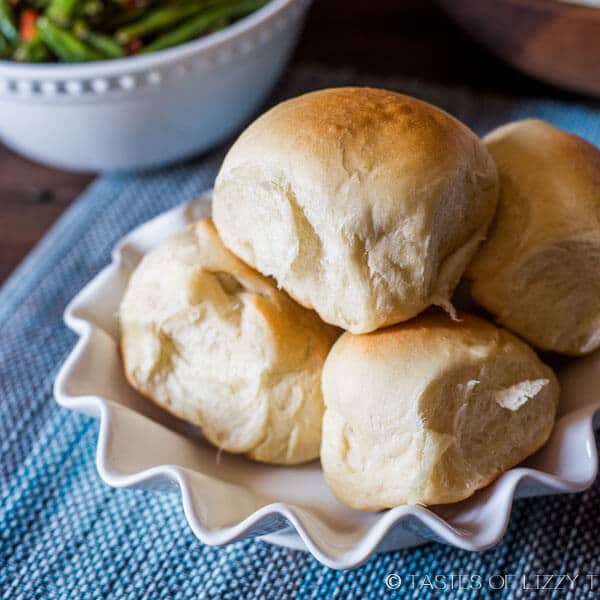




hay how do you get the thickness of the ciniman for the ciniman rolls?
I turn my oven on for about 1 minute then put the dough in leaving the door open slightly for about 5 minutes to let excess heat out then close it. I cover with hand towels or sometimes with plastic wrap. It rises well either way. I use Red Star platinum yeast. Always great results.
The garlic trick always works: wrap a whole garlic with a baking paper and put it with the dough. Works like magic, don’t ask me how… 🙂